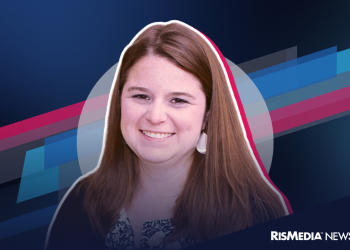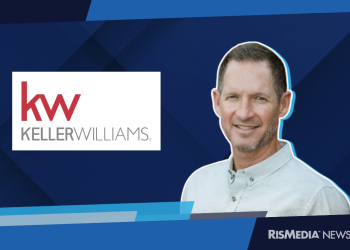If there’s one thing Americans have learned from the financial crisis of 2008, it’s that they do not want to lose their money – again – especially for folks of a certain age, says financial advisor Philip Rousseaux, a member of the esteemed Million Dollar Round Table association’s exclusive Top of the Table forum for the world’s most successful financial services professionals.
“Losing nearly everything you’ve worked for throughout your entire adult life is right up there with being diagnosed with a major medical condition; it means the lifeblood of your future has been drained,” says Rousseaux, founder and president of Everest Wealth Management, Inc.
“Aggressive investment strategies that offer potentially huge rewards are fine for people younger than 40, but even they should have at least a portion of their retirement portfolio in investments that will provide a guaranteed income. The closer you get to your retirement age, or if you’re already retired, the more important it becomes to change the tools in your financial toolbox.”
Whether investors are decades or a just a few years away from retirement, or are currently retired – and whether or not they lost most, some or no money at all during the mass money meltdown – Rousseaux offers tips and tools to help you stay retired:
• Look for the hidden fees in your employer-sponsored 401(k). Last July 1, a new Department of Labor rule required all hidden fees attached to retirement plans and mutual funds be disclosed to employers and employees. By some estimates, up to 90 percent of fees attached to retirement plans are hidden! Get an accounting of all fees and if you can’t decipher the information, attend a financial workshop or talk to a financial adviser. It may be time to roll some your money into a less expensive plan. According to an AARP survey, 71 percent of those with a 401(k) had no idea they were paying fees for their retirement accounts.
• Explore fixed-rate indexed annuities: Investing all of your retirement savings in Wall Street exposes you to a lot of risk. That may be acceptable when you’re in the prime of your career, but it’s important to find alternatives that provide for growth while protecting savings. “Fixed-rate indexed annuities, where you loan an insurance company money and it guarantees you payments over a specified length of time, allows you to forecast the income you’ll generate,” Rousseaux says. “While these annuities will have a ceiling on interest rates, they’ll also have a floor. Your principal is safe and you can ride an up market without the risk.”
• Turn your IRA or 401k into a joint account. For many people this may sound like a new concept, but this is something Everest Wealth Management has been using a planning tool for the last decade. While it’s true the IRA, which stands for Individual Retirement Account, is something only one person can own, many alternative investments such as a fixed annuity offer benefits such as guaranteed lifetime income. Within these plans the owners have the option to guarantee income on both lives, thus creating a joint income for both the husband and wife.
• How much you have isn’t as important as you think. For years planners have touted finding your magical number so that you can afford retirement. This is simply not an accurate measurement and isn’t what matters, according to Rousseaux. “With interest rates at 60-year lows and people living longer due to health care advances, the priority in planning is how much income can you generate and will that income last for your lifetime.” The income your investments can generate is the key to successful retirement planning in the second phase, which Rousseaux calls the distribution phase.
Philip Rousseaux is the founder and president of Everest Wealth Management and Everest Investment Advisors money management firm.
For more information, visit www.everestwm.com.










